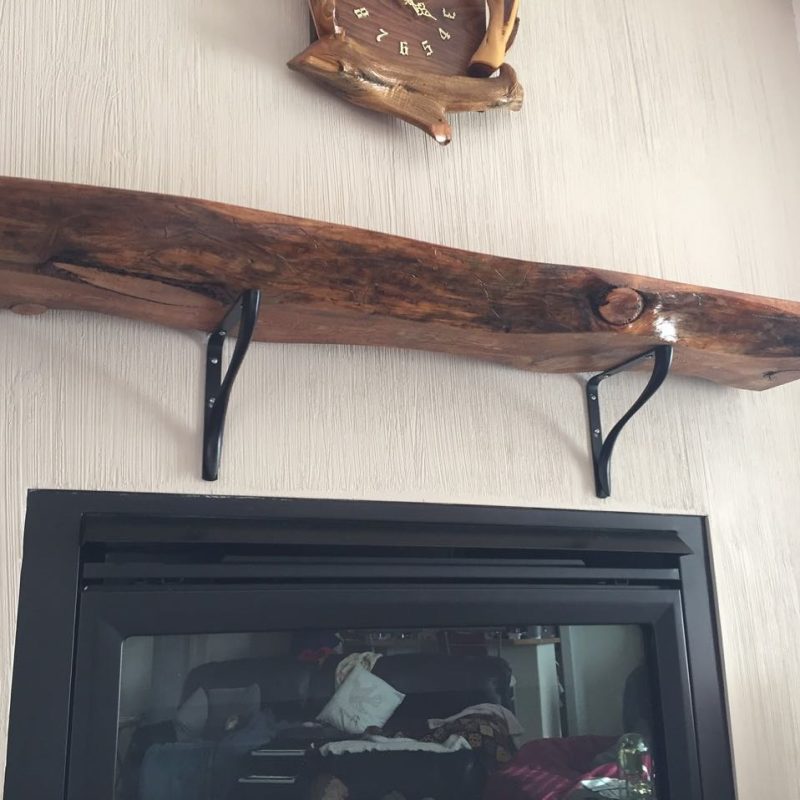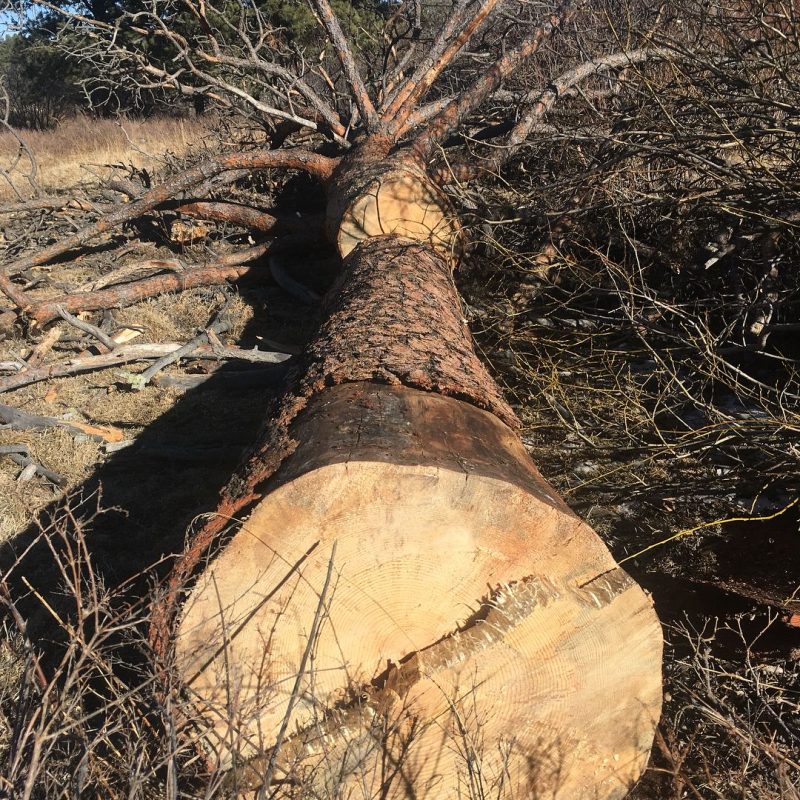John Christensen: Native Lumber
“I don’t want to branch out and try to have all these other little avenues. I want to focus on what the mill is good at and make it ten times more efficient.”
- John Christensen
Welcome to a brand new episode of the Woodpreneur Podcast! Today, your host Steve Larosiliere sits down with John Christensen from Native Lumber. With discussion about multi-generational woodworking, how things change over time, and the challenges facing businesses in today’s marketplace, you won’t want to miss this episode!
“We’ve had a little sawmill on our family ranch for just about every generation, which my little girls will be the fifth generation on the place. The first mill was right after the turn of the century, a little steam-powered circle mill that my grandfather and his brothers used to build their house. Their father actually worked in a bigger production mill not far from here.
They grew a little bit bigger on an American Number One that they ran in the 40s and 50s. My dad took that over, and my mom and dad ran that into the 90s until they went a different direction because of a partner leaving. So we haven’t had an operational mill since then. My wife and I and best friend Curtis Baker put our heads together to rebuild that circle mill.
After some research, we purchased a Cooks sawmill and edger five years ago to take care of our own needs and hopefully sell some boards here and there. Since then, it’s blown into a full-scale operation. So now there’s three of us full-time and two more guys that come in part-time and help us at the end of the week.”
- John Christensen

Transitioning from Legacy to Modern
“One of the toughest things was, I couldn’t ask my dad Roy for any advice on milling techniques. When he ran a circle saw the blade was stationary in a carriage, and the log ran up and down the track. For our bandsaw, the log is stationary, the head unit runs up and down, and you measure from the top down, where he was used to measuring from the outside.
That was the biggest challenge in the beginning, and we just dove in headfirst and figured out how to swim later. As for the business part, we run several little family businesses, so we had our feet wet. So we just added processes, adapted things where needed, and accounting and things like that.”
- John Christensen
A lot of time has passed since the days of John’s father and grandfather working on their respective sawmills. However, sawyers will always be in demand in this world; it’s just a matter of finding the right niche.
Unlike many other Woodpreneurs featured on the podcast, John notes that live edge slabs are not a primary offering, making up only about 10% of their sales. Most of their sales fall into dimensional lumber, structural beams, etc. They keep an inventory of live edge slabs for countertops and tabletops, but there are other sawyers in the area already servicing that market.

Steve’s Advice Corner
“The administrative side is something I struggle with. I’ve talked to one of my part-time guys, and he’s interested in taking over a bit. But I’m a little reluctant to pass some of it on because I don’t feel like my processes are solid.”
- John Christensen
Administrative tasks are one of the hardest things for many Woodpreneurs to get comfortable with. Most woodworkers and sawyers are very comfortable working with their hands, but the back-end side of things can be much harder to become used to. Fortunately, because this is a common challenge for Woodpreneurs, Steve has many effective tactics to handle it!
“So here’s what you want to do. Take a sheet of paper and draw a line down the middle and think about the things that you absolutely hate to do. On the other side of the page, you write down the things only you can do. So write down all the things you hate to do, whether it’s email, taxes, bookkeeping, or whatever.
I like to use Zoom, another application called Loom, or some screen-sharing software. Then when you’re about to sit down and do the thing you absolutely hate, do a screen recording of you doing the thing. That way, you could go to this part-time guy and say, ‘Okay, this is exactly how I like it done.’ Then you watch him do it, and you correct him.”
- Steve Larosiliere
Website: https://nativelumber.co

